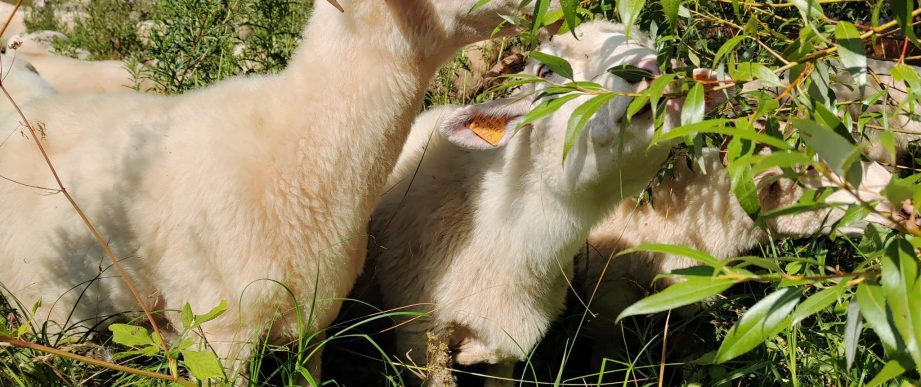Ordered before 2:00 PM, shipped the same day - Free shipping (NL) from €80
How is New Wool Made…

Known for its softness, warmth and breathability, virgin wool undergoes a fascinating journey from sheep to finished fabric. Here is an overview of the most important steps:
1. Shaving: The process begins with gently shearing sheep, usually once a year. The first shearing of young lambs produces the finest and softest new wool. Ethical sharing practices are crucial as they ensure animal welfare and responsible farming practices.
2. Sort and Sort: The sheared wool is sorted and graded based on fiber diameter, length and quality. This determines its suitability for different end applications.
3. Sanding and cleaning: Raw wool contains dirt, grease (lanolin) and vegetable matter. It undergoes a thorough scouring process with natural soaps and water to remove these impurities.
4. Carding and Combing: Carded wool fibers are aligned and blended, while combed wool undergoes a more precise process to remove shorter fibers and achieve a smoother texture.
5. Spiders: The prepared wool fibers are twisted into yarn of different thicknesses and strengths, depending on the desired fabric weight and texture.
6. Dyeing (optional): Yarn can be dyed in different colors to create the desired shades and patterns.
7. Weaving or Knitting: The yarn is woven on looms or knitted on machines to create the fabric structure, using different techniques that result in various textures and patterns.
8. Finishing: The fabric can undergo finishing processes such as brushing, cutting or calendering to achieve specific functionalities such as water resistance, softness or wrinkle resistance.
9. Quality Control: The final fabric is inspected for quality and consistency before it is used in clothing production or sold off the yard.
